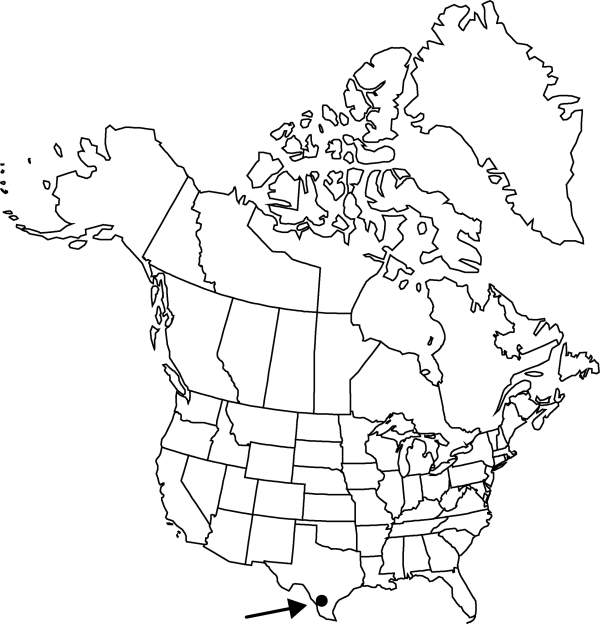Difference between revisions of "Coryphantha nickelsiae"
Cact. 4: 35. 1923.
FNA>Volume Importer |
imported>Volume Importer |
||
| (One intermediate revision by the same user not shown) | |||
| Line 8: | Line 8: | ||
}} | }} | ||
|common_names=Nickels’s pincushion cactus | |common_names=Nickels’s pincushion cactus | ||
| + | |special_status={{Treatment/ID/Special_status | ||
| + | |code=C | ||
| + | |label=Conservation concern | ||
| + | }} | ||
|basionyms={{Treatment/ID/Basionym | |basionyms={{Treatment/ID/Basionym | ||
|name=Mammillaria nickelsiae | |name=Mammillaria nickelsiae | ||
| Line 70: | Line 74: | ||
|publication title=Cact. | |publication title=Cact. | ||
|publication year=1923 | |publication year=1923 | ||
| − | |special status= | + | |special status=Conservation concern |
| − | |source xml=https:// | + | |source xml=https://bitbucket.org/aafc-mbb/fna-data-curation/src/2e0870ddd59836b60bcf96646a41e87ea5a5943a/coarse_grained_fna_xml/V4/V4_413.xml |
|subfamily=Cactaceae subfam. Cactoideae | |subfamily=Cactaceae subfam. Cactoideae | ||
|genus=Coryphantha | |genus=Coryphantha | ||
Latest revision as of 21:58, 5 November 2020
Plants unbranched (western) to freely branched and ± forming mats (eastern), tuberculate with numerous, fine spines. Roots diffuse or short taproots; branches root adventitiously. Stems deep-seated, aerial portion hemispheric or ± flat-topped, less than 11 × (4–)5.2–7 cm; tubercles 7–10(–13?) × 10 mm, firm; areolar glands seasonally conspicuous; parenchyma not mucilaginous; pith 1/2 of lesser stem diam.; medullary vascular system conspicuous. Spines 13–21 per areole; uppermost radial spines white, contrasting with others, at least on old plants, sometimes forming conspicuous white tufts, others white to tan or dark brown; radial spines 13–20 per areole, 13–23 × 0.15–0.17 mm; central spines 0–1 per areole, porrect, straight or slightly curved downward, longest spines 11–16 mm. Flowers apical or nearly so, 45–50 mm diam.; outer tepals entire; inner tepals ca. 30 per flower, pale yellow, ca. 30 mm; outer filaments white or pale yellow; anthers orange-yellow; stigma lobes 5–8, white or cream, (2.5–)5–8 mm. Fruits gray-green or bright green (paler proximally), obovoid, spheric, or ellipsoid, 18–23 × 8–10 mm; floral remnant strongly persistent. Seeds orange, drying to reddish brown, spheric to comma-shaped, 1.1–1.7 mm, finely and weakly raised-reticulate.
Phenology: Flowering summer (Aug–Sep).
Habitat: Tamaulipan thorn scrub, eastern edge of Chihuahuan Desert, limestone outcrops, nearby alluvium
Elevation: 100-150 m
Distribution

Tex., Mexico (Coahuila, Nuevo León, Tamaulipas).
Discussion
Of conservation concern.
Coryphantha nickelsiae in the flora is based on old herbarium specimens labeled only as from “Laredo, Texas.” Coryphantha nickelsiae belongs to the same species group as C. ramillosa. Coryphantha sulcata, with which L. D. Benson (1969b, 1969c, 1982) inexplicably united C. nickelsiae, is not closely related.
Coryphantha nickelsiae often has ribbonlike uppermost radial spines.
Selected References
None.